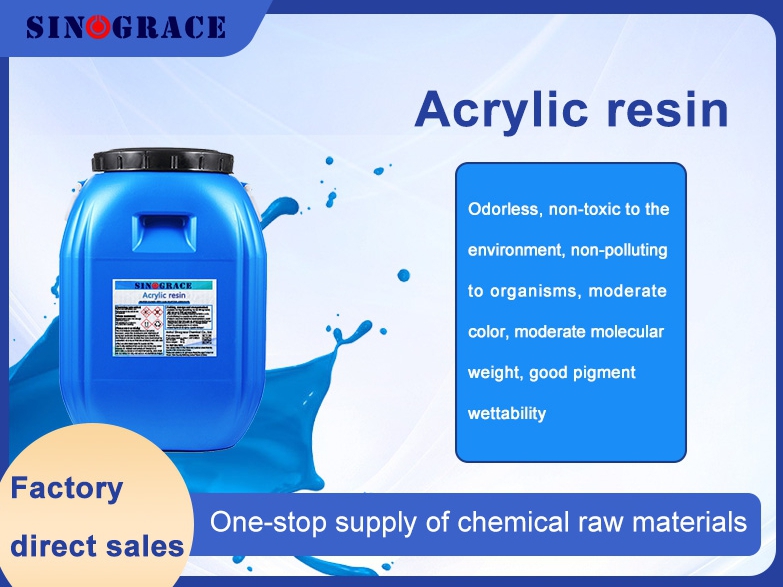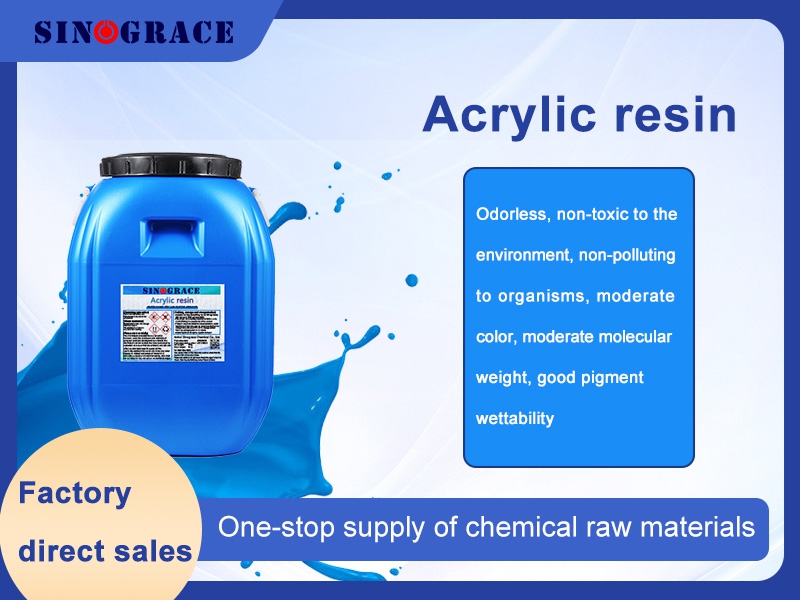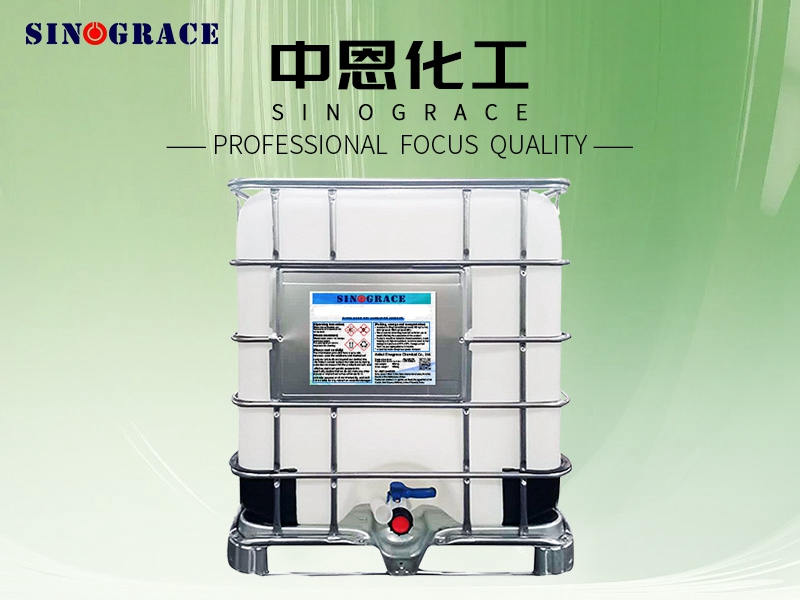Resin vs Dispersion vs Emulsion - Waterborne Polyurethane Manufacturer
【Introduction】 In industries such as coatings, adhesives, leather finishing, and textile processing, the terms "resin," "dispersion," and "emulsion" appear frequently, often confusing newcomers. As a manufacturer with many years of experience in the waterborne polyurethane field, we understand that understanding the differences between these fundamental concepts is crucial for material selection, formulation design, and even the performance of the final product. Core Viewpoint: They are all "polymer materials," the difference lies in their "form of existence"! Key Differences Overview: Characteristics Resin Dispersion Emulsion Essential state "Fuel core polymer" for solid/high-viscosity liquids The polymer particles are small, highly dispersed, and stably suspended in water. The polymer droplets are relatively large and require emulsifiers to encapsulate and stabilize them in water. Particle size range 0.01 - 0.5 micrometers (nanometers/submicrometers) 0.1 - 10 micrometers Appearance Solids or viscous liquids (non-water soluble / dispersible) Translucent, blue light, slightly milky white Milky white and opaque Stability mechanism Ionic/nonionic self-stabilizing (relying on hydrophilic groups on the molecular chain, requiring little or no emulsifiers). Relying on the addition of large amounts of surfactants/emulsifiers Film forming properties Films need to be dissolved in a solvent or converted into a water-based system to form. The film is dense, smooth, high-gloss, and exhibits excellent water resistance, chemical resistance, and mechanical properties. There may be surfactant residue, which may affect water resistance/chemical resistance/gloss/transparency. Environmental protection Oil-based resins contain VOCs, while water-based resins can be further formulated into water-based systems. Extremely low or no VOCs, the most environmentally friendly Relatively low in VOCs (but contains emulsifiers) Main advantages The starting point of performance design High performance and environmental friendliness combined (green first choice) Relatively low cost, easy to produce, and quick to dry. Main limitations Water-based systems typically require solvent dissolution or complex processes to be formulated. Relatively high cost (high technical content) Performance is limited (due to emulsifier residue). Typical Representative PU prepolymer (solid PU granules/blocks/solution) Waterborne polyurethane dispersion Acrylic emulsions, styrene-acrylic emulsions, and some low-end modified PU emulsions If you are looking for high performance, ultimate environmental friendliness, and insights into the future development of materials, then waterborne polyurethane dispersions are an indispensable choice. 【Conclusion】 Understanding the definitions and differences between resins, dispersions, and emulsions is the crucial first step in accurate material selection and optimized application. As a professional waterborne polyurethane manufacture...
read more

 English
English français
français русский
русский español
español العربية
العربية








